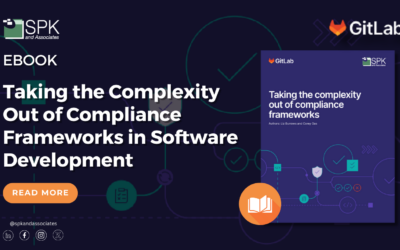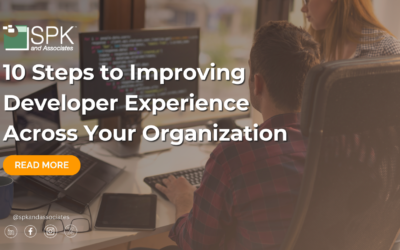 IT outsourcing contracts, as noted in a recent blog post, should be treated as living documents — continuously evaluated, refined, and optimized over time. Not only do business conditions continually change, but it’s also important for outsourcing customers to conduct regular health checks to determine whether the outsourcing provider is meeting its service-level agreement (SLA) targets.
IT outsourcing contracts, as noted in a recent blog post, should be treated as living documents — continuously evaluated, refined, and optimized over time. Not only do business conditions continually change, but it’s also important for outsourcing customers to conduct regular health checks to determine whether the outsourcing provider is meeting its service-level agreement (SLA) targets.
Additional reasons to assess an IT outsourcing deal includes how well (or poorly) the current agreement addresses changes in the business environment as well as opportunities to take advantage of new technologies or process improvements that could benefit the recipient organization.
Here are the top five reasons decision makers should continually review outsourced IT activities:
- Identify improved approaches for refining processes. IT operations – whether they’re managed in-house, outsourced, or a mix of both – need to be agile and fluid to respond to changing business conditions. This includes having the ability to scale resources (hardware, software seats, IT personnel) up or down on an as-needed basis. IT managers who manage outsourced IT activities should regularly review existing agreements to determine whether there are process improvements that can be made. It’s often helpful to bring in an unbiased third party to help with this evaluation, especially if an external consultant can recommend best practices he’s come across at other organizations.
- Discover opportunities for driving additional cost savings. Decision makers who oversee IT outsourcing agreements should keep a close eye on changing market conditions, including fluctuations in labor rates and other developments that could benefit their organizations. Let’s say a national retailer is receiving desktop support services under a five-year agreement. Not only are the market costs for support and services likely to change over that period of time, but conscientious IT and contract managers are likely to discover other opportunities to improve SLAs or other aspects of the contracts, some of which can often benefit both the provider and the retailer and help strengthen the partnership.
- Recognize improvements for optimizing resource allocation. Applying the same hypothetical situation, let’s say the retailer entered into the desktop support agreement three years earlier. Since then, advancements in virtual desktop management tools have led the retailer to want to transition a portion of its desktop environment to virtual machines. This could open up an opportunity for the retailer to have some of the desktop support personnel channel their efforts to other technical services needed by the retailer, such as application refreshes. Separately, regular reviews of outsourced IT activities can also help customers identify potential imbalances in allocated resources (e.g. excess in network support technicians) and to fine-tune the distribution of resources more effectively.
- Detect additional IT activities for sourcing. IT outsourcing is a journey that can open up new opportunities. For instance, one power company that entered into an IT outsourcing agreement for nearshore application maintenance quickly discovered that the outsourcing provider offered a deeper bench of cutting-edge application development skills than what was available in-house. This discovery eventually led the power company to expand the scope of its outsourcing agreement to include application development, which has led to improvements in time to market and quality of services.
- Take advantage of more efficient delivery models. IT operations that stand pat may be missing out on opportunities for using emerging delivery models such as software as a service, infrastructure as a service, cloud computing, etc. that may either provide greater efficiencies or help support business operations more effectively.







